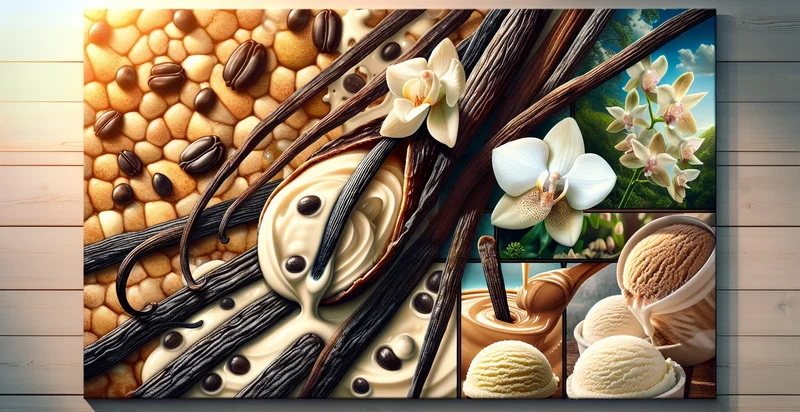Identify is this vanilla
using AI
Below is a free classifier to identify is this vanilla. Just upload your image, and our AI will predict if it's vanilla - in just seconds.

Contact us for API access
Or, use Nyckel to build highly-accurate custom classifiers in just minutes. No PhD required.
Get started
import nyckel
credentials = nyckel.Credentials("YOUR_CLIENT_ID", "YOUR_CLIENT_SECRET")
nyckel.invoke("is-this-vanilla", "your_image_url", credentials)
fetch('https://www.nyckel.com/v1/functions/is-this-vanilla/invoke', {
method: 'POST',
headers: {
'Authorization': 'Bearer ' + 'YOUR_BEARER_TOKEN',
'Content-Type': 'application/json',
},
body: JSON.stringify(
{"data": "your_image_url"}
)
})
.then(response => response.json())
.then(data => console.log(data));
curl -X POST \
-H "Content-Type: application/json" \
-H "Authorization: Bearer YOUR_BEARER_TOKEN" \
-d '{"data": "your_image_url"}' \
https://www.nyckel.com/v1/functions/is-this-vanilla/invoke
How this classifier works
To start, upload your image. Our AI tool will then predict if it's vanilla.
This pretrained image model uses a Nyckel-created dataset and has 2 labels, including Contains Vanilla and Does Not Contain Vanilla.
We'll also show a confidence score (the higher the number, the more confident the AI model is around if it's vanilla).
Whether you're just curious or building is this vanilla detection into your application, we hope our classifier proves helpful.
Related Classifiers
Need to identify is this vanilla at scale?
Get API or Zapier access to this classifier for free. It's perfect for:
- Quality Control in Food Manufacturing: In food production facilities, the "Is This Vanilla" identifier can be employed to ensure that products labeled as vanilla actually contain genuine vanilla. This technology can help manufacturers maintain product integrity, reduce waste from mislabeled items, and enhance overall quality assurance processes.
- E-commerce Product Verification: Online retailers can utilize the identifier to verify the authenticity of vanilla products listed on their platforms. By confirming that descriptions match the actual product, businesses can build trust with customers, reduce returns, and improve overall user experience.
- Ingredient Sourcing in Restaurants: Restaurants can use the identifier to verify the ingredients they receive from suppliers. Ensuring that the vanilla used in dishes is authentic can help maintain flavor profiles and uphold the establishment's culinary standards.
- Food Safety Audits: Regulatory agencies can implement this technology in food safety audits to verify that vanilla products comply with labeling regulations. By quickly identifying misrepresented ingredients, agencies can take necessary actions to protect consumers and uphold food safety standards.
- Market Research and Analysis: Market research firms can employ the identifier to gather data on the prevalence of real versus synthetic vanilla in different products on the market. This information can be critical for understanding consumer trends and guiding product development for companies looking to maintain or shift their market position.
- Supply Chain Transparency: Brands can use the identifier to trace and verify the vanilla sourced from various suppliers in their supply chain. This transparency can be advertised to consumers, boosting brand loyalty and supporting claims of ethical or sustainable sourcing.
- Academic Research in Food Sciences: Researchers and food scientists can use the technology in studies focused on flavor profiles and ingredient authenticity. By accurately identifying vanilla, researchers can analyze the impact of genuine versus synthetic ingredients on taste preferences and overall food quality.


